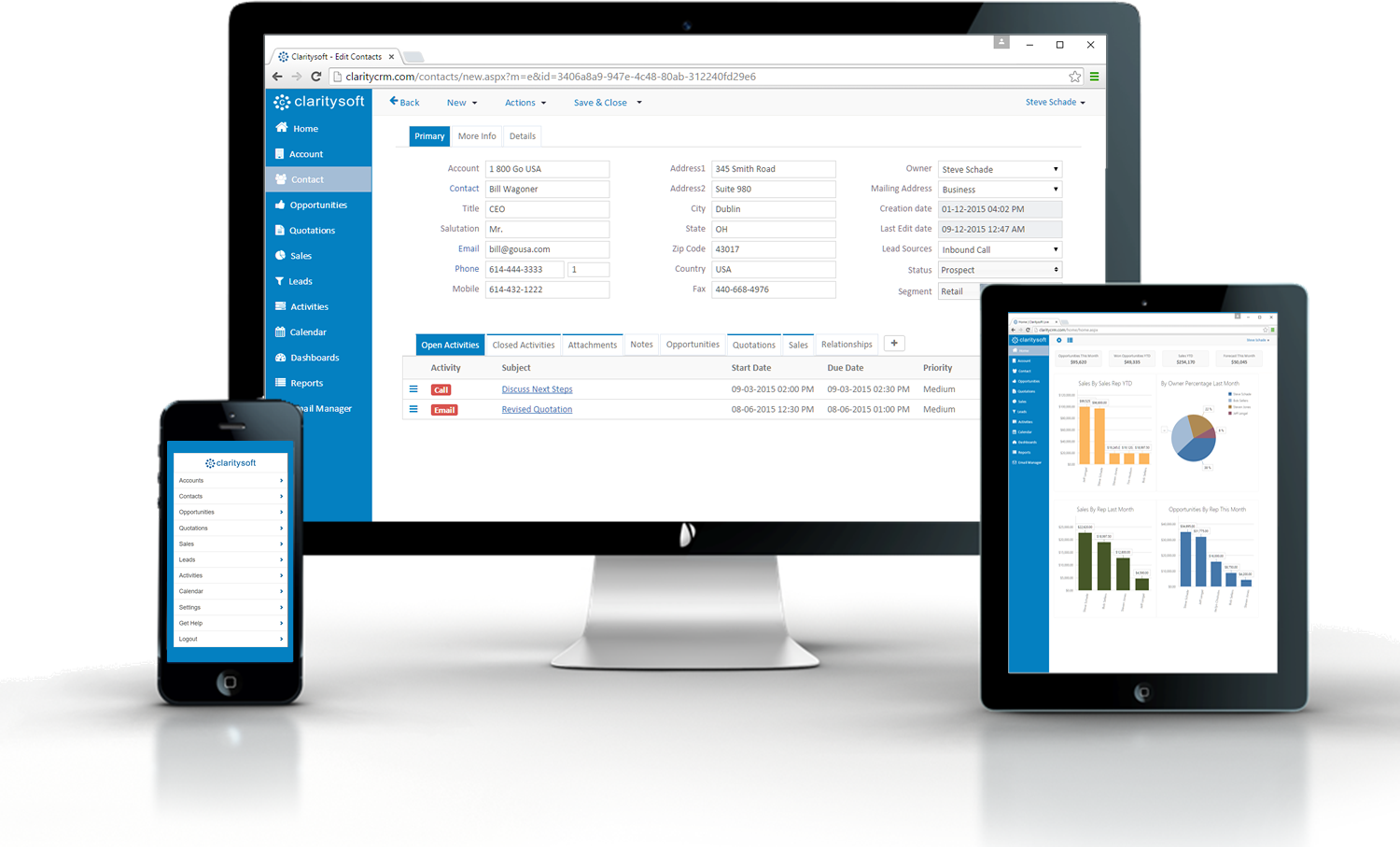
Creating a Robust Cyber Strategy with Risk Assessment
Cyber breaches have become commonplace in today’s world. Cyber-Crime will cost the world $6 trillion annually by 2021. While most businesses anticipate attacks from outsiders, insider threats have proved to be a significant risk too. Case in point, Anthem- a company that provides Medicaid insurance- had one of its employees steal the data of Medicaid Members for close to a year before they discovered it. Other cyber threats that are bound to plague today’s business world include phishing attacks, malware attacks, third-party threats, and even network vulnerabilities. Put, any business looking to survive in today’s chaotic digital world has to place cyber-security at the forefront of its business operations. With a robust risk assessment approach to cyber-security, you can keep your business safe. Here is how cyber risk assessment can improve your security posture and how to go about it:
1 What Is A Cyber Risk Assessment?
Cyber risk assessment is a process aimed at identifying the cyber-threats your business faces, estimating their impact, and learning how to prioritize them. The goal of risk assessment is to understand the threat landscape of your business. Risk assessment should help you to:
- Identify cyber risks
- Assess the likelihood of risks happening and the impact they can have
- Learning how to use scarce resources to mitigate these risks
Since stakeholders are invested in the well-being of your business, they would like to know how sustainable your business is. For instance, while employees want to work for your business for a long time, investors want to make sure their investment is in safe hands. Business partners, especially those you share data with, would also like to know that they can count on your business’ security posture. Sadly, a simple cyber breach can destroy your business’ relationships with all stakeholders, including customers. Even worse, it can lead to hefty fines, not to mention an increase in the cost of compliance. For instance, businesses that get breached under the PCI DSS have to pay more to remain compliant in the future. With ample risk assessment, you can get to evade these negative aspects of a data breach, and learn how to optimize your resources to improve your security posture.
2 Risk Assessment Is Essential For Compliance and Insurance
Most regulations require businesses to conduct cyber risk assessments to be compliant. For instance, you need to report your risk posture for regulations like GDPR, HIPAA, and PCI DSS. Furthermore, risk assessment ensures that you install security controls in the most vulnerable areas of your business. When it comes to cyber insurance, cyber risk assessment is a necessity to be insured. Insurance agencies typically want to know the kind of risk your business is in before insuring it.
3 How to Perform a Risk Assessment
The first step to a health risk assessment is taking stock of the type of data you have as a business. A great data audit should help you identify the different data assets and the kind of value they present in your business. It also enables you to get an idea of how long you would love to store your data and how to best protect it.
Next, you should identify the parameters of your risk assessment. This includes answering questions like:
- What is the purpose and scope of the assessment?
- What priorities and constraints will affect the assessment?
- Who will you need to communicate with to make the assessment successful?
- What risk model will you apply for the specific analysis?
In a nutshell, the questions above are supposed to help you understand what you will be analyzing and other nitty-gritty details such as the budgetary and regulatory preferences for the task. Once you are through with understanding the parameters, you can proceed with the next risk assessment steps. These include:
- Identifying threat sources and events
- Recognizing the inherent vulnerabilities and the necessary conditions for their exploit
- Identify the likelihood of the risks occurring
- Identify the impact that the occurrence of the risks would have on the business
4 Who Should Perform Risk Assessment?
Ideally, some businesses tend to have a staff that is adept enough to conduct a risk assessment in-house and identify security gaps. This includes IT teams with enough understanding of the setup of digital and network infrastructures and high-level executives that have a deep understanding of the flow of information within the organization. As long as you have a staff that can offer you enough visibility into your threat landscape, for aspects that affect the organization both internally and externally, you can do this in-house.
On the flip side, if you are understaffed or lack enough visibility, you can always outsource the risk assessment task to other able businesses or individuals. This is the path taken by most small or medium-sized businesses (SMBs). The company or individual you choose to help you with risk assessment will have a significant influence on the outcomes of your risk assessment- choose wisely.
5 What to Do After a Risk Assessment
The first step after a risk assessment is to double-check the work of your team. Once you are satisfied with the findings, take this time to share the information you have gathered with the decision-makers in the organization. This information can be pivotal in ensuring that future decisions as based on insights from the risk assessment. Ideally, the best people to offer this data would be c-suite executives and IT teams. In case any control measures need some investing in, it is the role of the IT team to pitch the best solutions to the c-suite executives.
6 The Role of Leadership in Risk Assessment and Mitigation
Cyber-security vulnerabilities can easily be as a result of leadership attitudes and priorities. For instance, Microsoft had taken the time to warn businesses about the Wannacry threat by asking businesses to install updates meant to patch the ad hoc vulnerabilities. Those businesses that failed to take heed risked getting breached. For the businesses that were breached, if the leaders had set software updates as a priority, the chances are they would have prevented the situation. Sadly, some leaders only think about the profit margins of their business and how to cut costs, which results in businesses making cost-effective investments at the expense of quality cyber-security controls. The best way to challenge this would be to educate leaders on the different needs for a strong security posture, and including a CISO (Chief Information Security Officer) in the c-suite is a step in the right direction. The CISO brings a lot to the table, including insights into how certain business decisions can affect the security posture of the business. They can also help ensure the right ROI levels for each investment to increase the buy-in of ROI-conscious C-suite executives. However, the CISO has to be empowered with funding, adequate authority, and clear responsibilities to make their role easier.
7 Risk Assessment Should Be Continuous
Risk assessment doesn’t end with the identification of risk; neither is it a one-time process. Every year, you need to conduct some more risk assessments to identify new threats to your business and ensure that the previous control measures are enough. It is impossible to run your business in a risk-free environment. Ideally, you should set specific individuals to monitor the different risks that your company faces.
It would be unwise to ignore cyber risks or even implement unsustainable controls to mitigate them. Instead of leaving things to chance, why not focus on risk assessment to improve the security posture of your business? Consider the insights above to fortify your business’ future.














